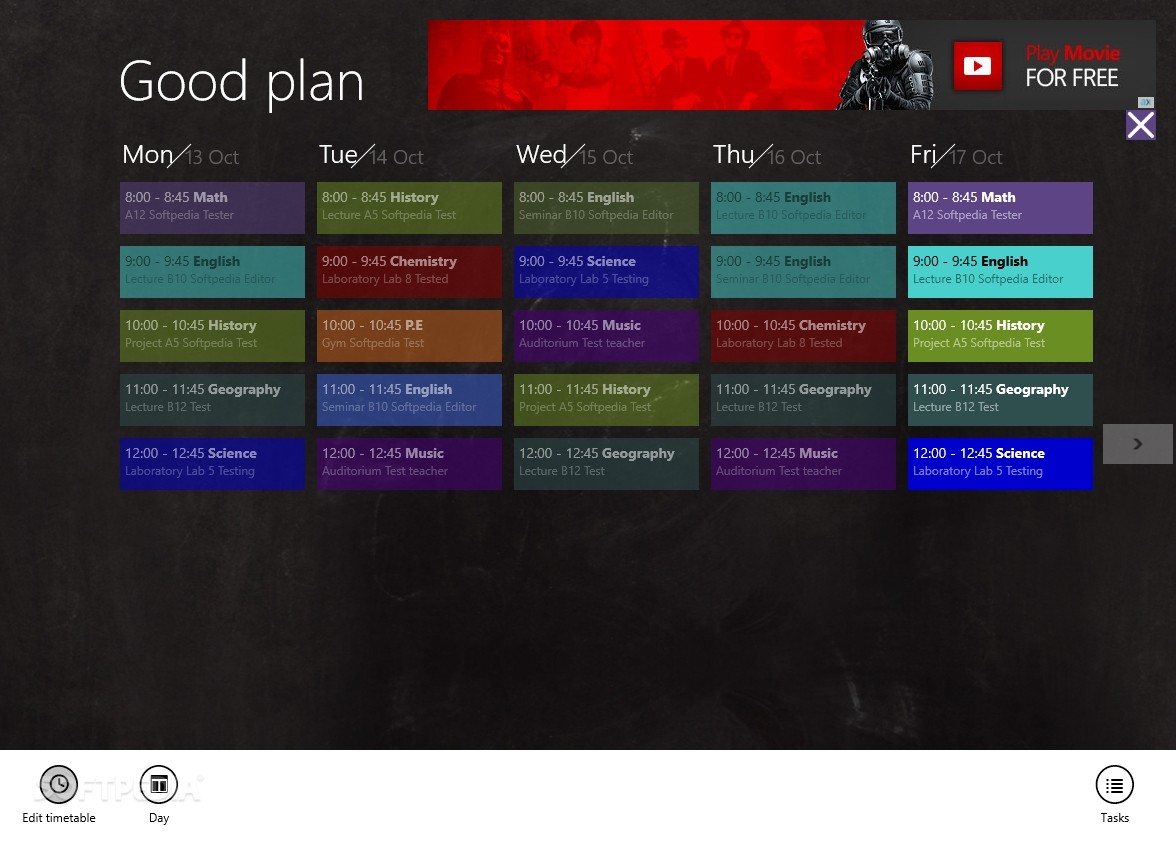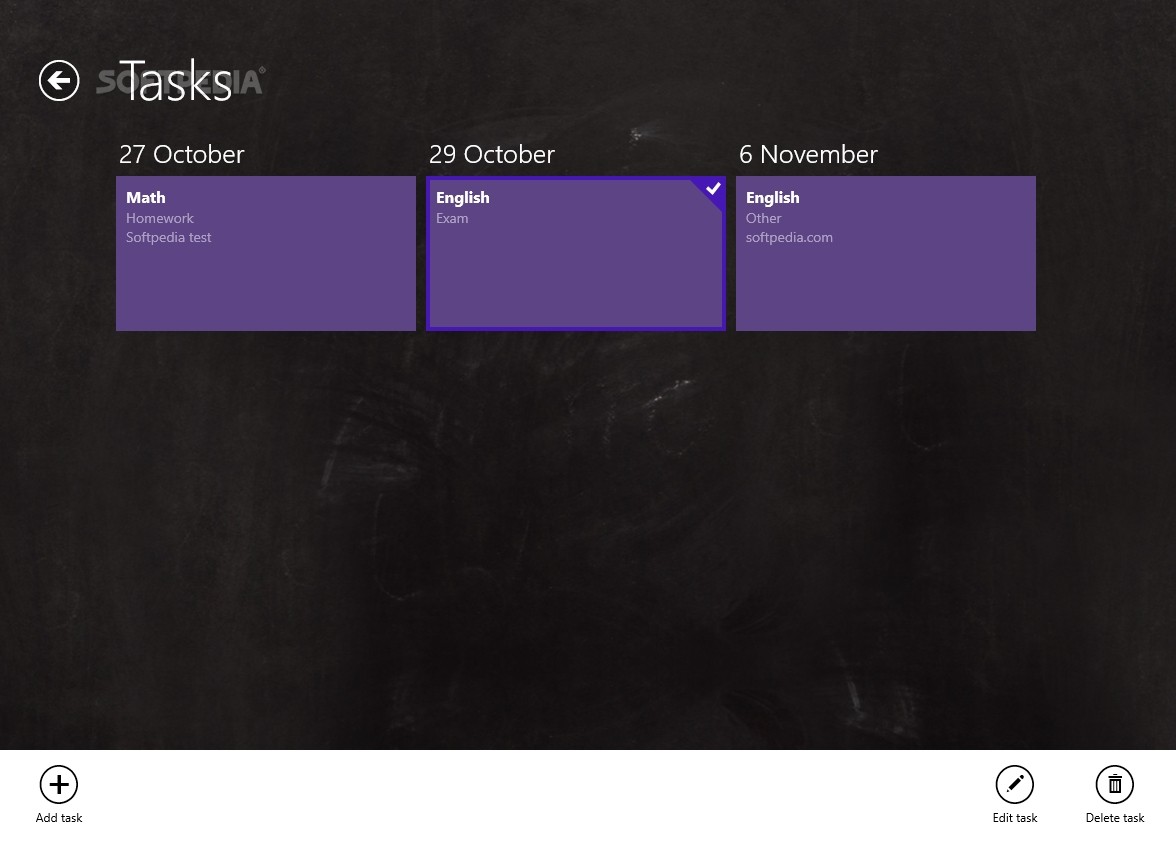
The collection of all these link-states would form a link-state database. A description of the interface would include, for example, the IP address of the interface, the mask, the type of network it is connected to, the routers connected to that network and so on. The state of the link is a description of that interface and of its relationship to its neighboring routers. We could think of a link as being an interface on the router. Some of the routers running RIP might have to be upgraded in order to handle the overhead caused by OSPF. Also, this introduces more overhead in memory allocation and CPU utilization. Administrators that are used to the simplicity of RIP are challenged with the amount of new information they have to learn in order to keep up with OSPF networks. This of course leads to more complexity in the configuration and troubleshooting of OSPF networks. This keeps track of external routes injected by exterior protocols such as BGP. OSPF allows for the transfer and tagging of external routes injected into an Autonomous System.
#Automize 10.2 password
OSPF allows for routing authentication by using different methods of password authentication.This also provides a mechanism for aggregating routes and cutting down on the unnecessary propagation of subnet information. This limits the explosion of link state updates over the whole network. OSPF allows for a logical definition of networks where routers can be divided into areas.This is because routing changes are propagated instantaneously and not periodically. Also, updates are only sent in case routing changes occur instead of periodically. This ensures less processing on routers that are not listening to OSPF packets. OSPF uses IP multicast to send link-state updates.The intelligent use of VLSM is very useful in IP address allocation.With OSPF, there is no limitation on the hop count.OSPF, on the other hand, addresses most of the issues previously presented: RIP2 is not a big improvement over RIP (now called RIP 1) because it still has the limitations of hop counts and slow convergence which are essential in todays large networks. RIP2 addresses the issues of VLSM, authentication, and multicast routing updates. Some enhancements were introduced in a new version of RIP called RIP2. With the introduction of classless routing and the intelligent use of aggregation and summarization, RIP networks seem to have fallen behind. There is no concept of areas or boundaries. The path with the lowest hop count to the destination is always preferred even if the longer path has a better aggregate link bandwidth and less delays. Routing decisions are based on hop counts. RIP has no concept of network delays and link costs.This is inappropriate in large environments and could cause routing inconsistencies. RIP routers go through a period of a hold-down and garbage collection and slowly time-out information that has not been received recently. In large networks convergence gets to be in the order of minutes.

This is a major problem with large networks especially on slow links and WAN clouds.
#Automize 10.2 full

OSPF protocol was developed due to a need in the internet community to introduce a high functionality non-proprietary Internal Gateway Protocol (IGP) for the TCP/IP protocol family. This paper examines how OSPF works and how it can be used to design and build large and complicated networks. The Open Shortest Path First (OSPF) protocol, defined in RFC 2328, is an Interior Gateway Protocol used to distribute routing information within a single Autonomous System.


 0 kommentar(er)
0 kommentar(er)
